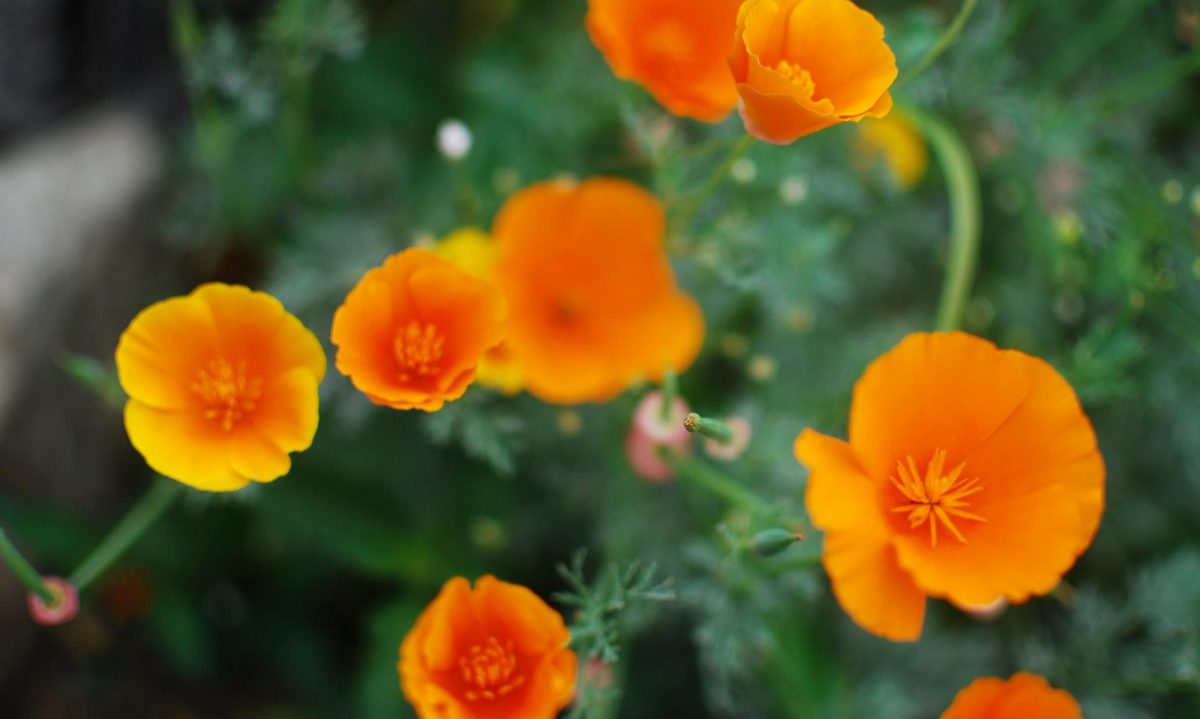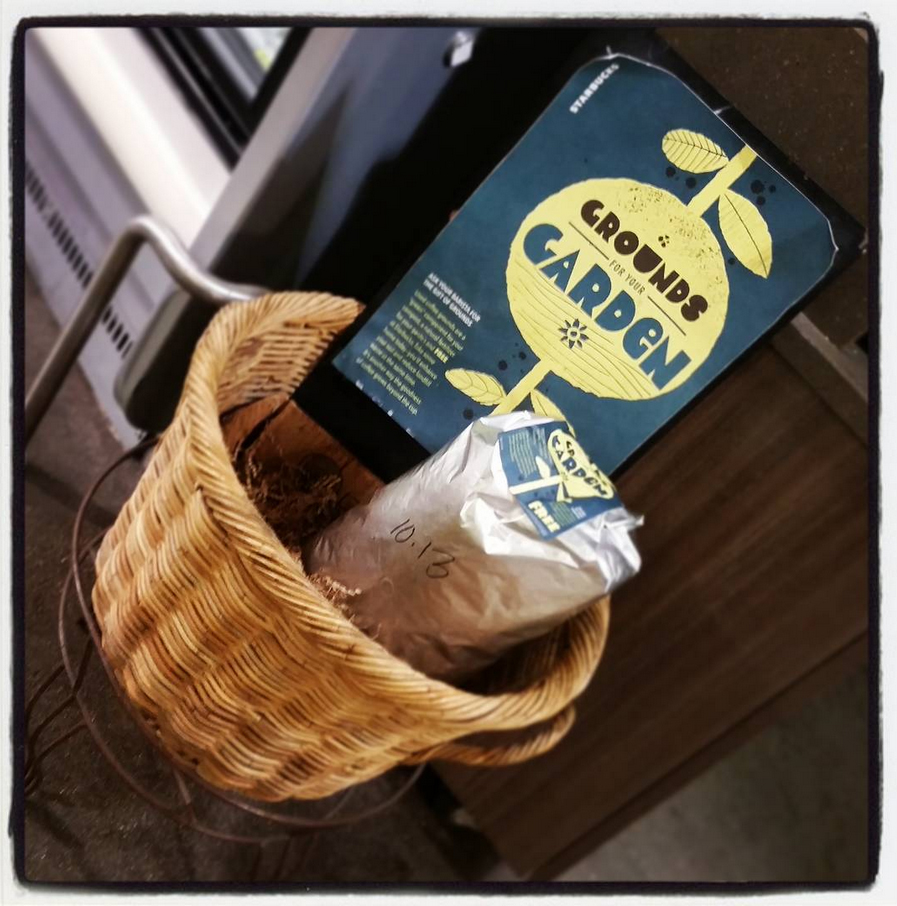I just love it when a large company like Starbucks goes out of their way to do a decent, responsible and sustainable thing to make the world a better place. They don’t have to do it. It doesn’t net them any extra cash, in fact, it probably adds some costs. But they did it anyways!
Many Starbucks locations now keep their spent coffee grounds out of the landfills and into our garden! Which is really smart when you think about it. Used coffee grounds are very nitrogen rich and although some of their acidic properties are stripped away during the percolating process, raw spent coffee grounds are best saved for your acid loving plants. They are however a perfect addition to your compost bins or a yummy treat for your worms (vermicomposting). Once composted, they can be used as a top dressing or a soil additive with the rest of your compost.
Raw un-composted coffee grounds can be used for all your acid loving plants. Or, if you have very alkaline soil (like we do in San Diego), they can be used with more fervor on most any plant species. Roses absolutely adore the nutrients from coffee grounds. So do plants like azaleas, rhododendrons, blueberries and raspberries. In fact, you can make a fertilizer “tea” with these spent grounds that will make any berry bush seem to double it’s production and growth rate. Pink hydrangeas aren’t your thing? Lowering the pH with acidic coffee grounds will turn them blue!
There’s also a lot of Magnesium and Potassium, both of which plants really like; but not a lot of phosphorus (the fruiting and flowering nutrient) or calcium, a mineral that many plants crave. So use these grounds carefully and know your soil pH levels before going hog wild!
In other words, Mind Your Dirt!





